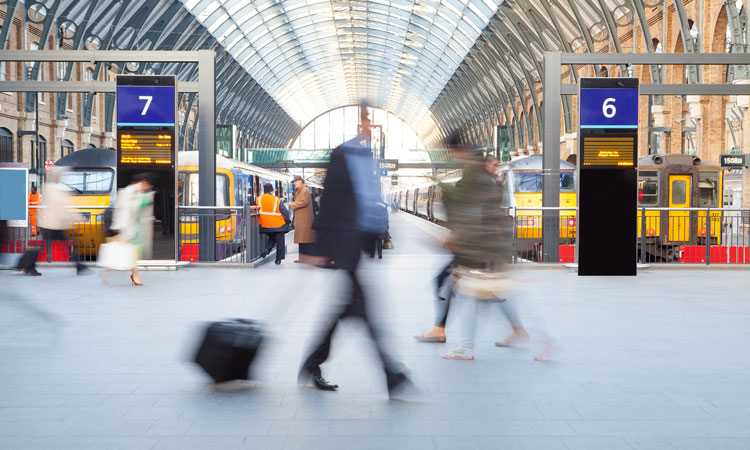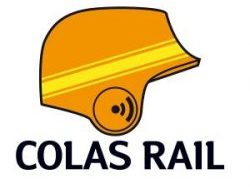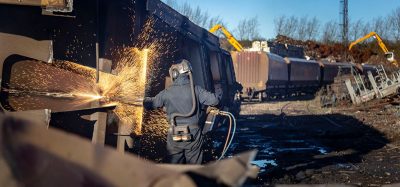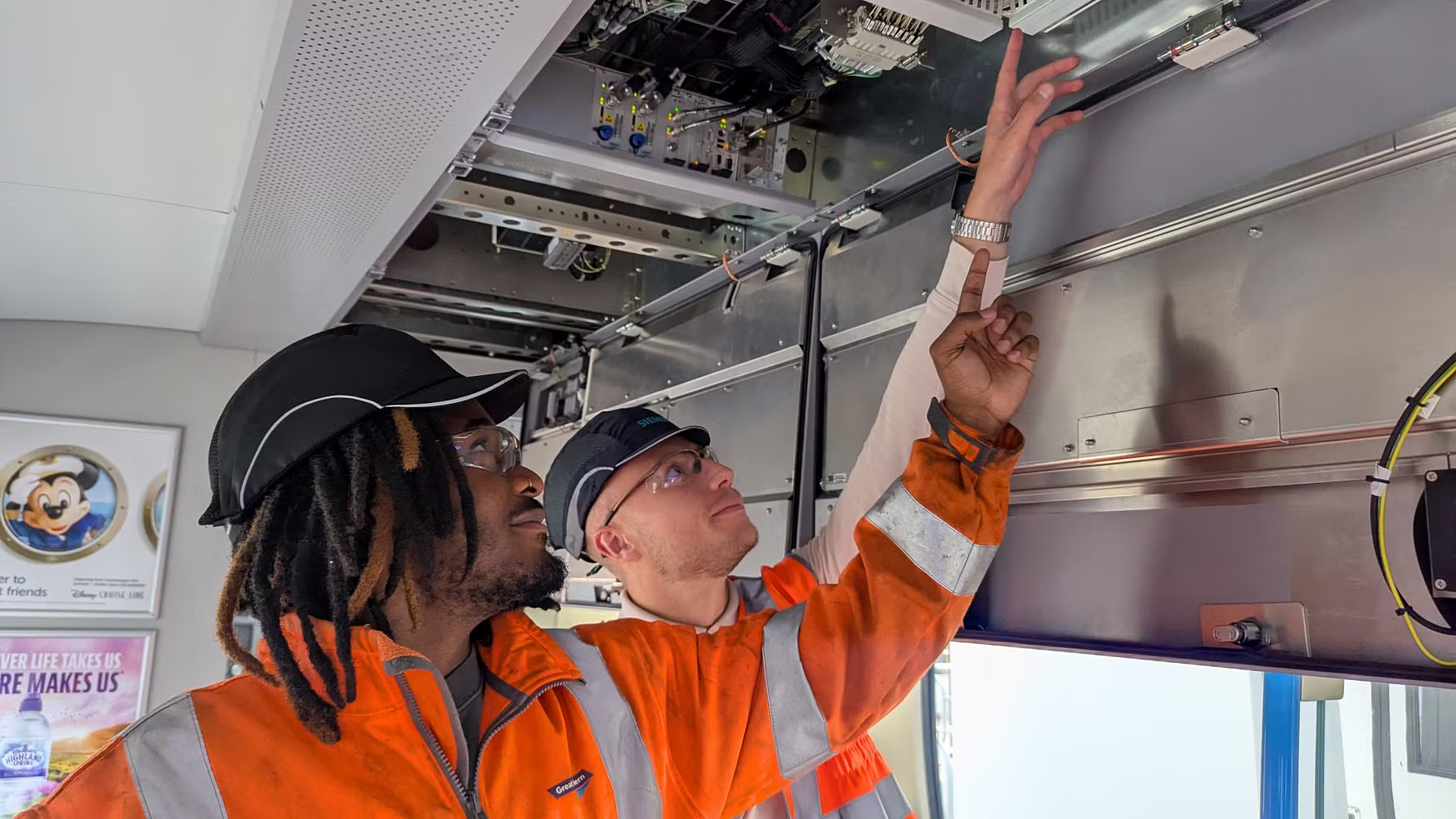Britain’s railways still safer and greener than road transport
Posted: 1 July 2021 | Global Railway Review | No comments yet
RSSB’s latest Annual Health and Safety Report highlights Britain’s railways remain the safest and greenest forms of land transport, but there is no room for complacency.


The Rail Safety and Standards Board (RSSB) – Britain’s independent rail safety body – has published its latest Annual Health and Safety Report for Britain’s railways, covering the last financial year (2020-2021).
According to RSSB, a train journey is still over 20 times safer than travelling the same distance by car, meaning any shift from public to private transport would have a detrimental effect on safety, health and the environment.
Three people died in a train derailment at Carmont in August 2020, following 13 years with no passenger or workforce fatalities in accidents of that type in Britain. Conversely, there are at least 1,500 fatalities on Britain’s roads reported every year.
While the comparison is stark, this takes nothing away from the tragic effects that poor safety performance has on the workforce, passengers and public, as well as the wider economy.
RSSB are keen to state that safety cannot be taken for granted while the reforms prompted by the Williams-Shapps plan are brought in. Safety will be critical to maintaining the confidence needed by people and freight to return to rail, which in turn, will improve Britain’s economic and environmental prospects, as well as quality of life.
The rail body wants to ensure that its members are Leading Health and Safety on Britain’s Railways, industry’s shared strategy that focuses on the key risks and challenges.
RSSB’s data analysis has boosted rail’s understanding of Covid transmission risk, making it easier to manage decisions and put in the right controls, for different levels of restrictions and passenger numbers.
Experts are also helping Network Rail undertake analysis of earthworks examination and failure data. This will lead to a system risk model to help identify the appropriate operational response to forecasts of extreme weather.
RSSB has provided data and risk analysis to support the move away from working with unassisted lookout protection, and reduce the risk to the workforce out on the track. This comes after two infrastructure workers were struck by trains and killed in separate incidents during the year; one at Roade in April 2020, and the other at Surbiton in February 2021.
Despite being critical key workers during the pandemic, there was a big increase in the number of assaults on staff in proportion to the number of passengers travelling. RSSB has produced tools to help rail companies manage the risk of assaults and trauma, and industry is continuing to work closely together to ensure the numbers come down, and staff are better protected.
The 2020/2021 report is supported by 13 topic-specific reports. These combine the latest information on health and safety performance, operational learning and risk reduction initiatives. Of the 13 reports:
- One provides an overview of rail safety in 2019/2020
- Eleven are structured around the priority risk areas in industry’s strategy Leading Health and Safety on Britain’s Railway
- One provides an update on industry activity to improve risk management capability.
The key headlines for 2020-2021 are:
- There was a 78 per cent reduction in passenger journeys
- Three passenger and workforce fatalities in train accidents
- One passenger and public fatality in stations
- Three workforce fatalities (not in train accidents)
- 16 public fatalities at other locations (11 were trespassers, five occurred at level crossings)
- 253 suicides or suspected suicides.
Ali Chegini, RSSB’s Director of System Safety and Health, said: “Fundamentally, our Annual Health and Safety Report 2020-2021 shows that Britain’s railways can continue to be proud of a formidable safety record that makes the train far safer than other transport modes. The industry’s response to the pandemic was heroic, keeping the nation’s critical workers and supplies moving to where they needed to be, all while handling safety and the impact of COVID-19 simultaneously”
Ali continued: “The fatal train accident at Carmont as well as the workforce fatalities at Roade and Surbiton show that we are not infallible. These are indicators of big challenges where improvement is needed, and where RSSB is playing a part, through industry collaboration and its strategy: Leading Health and Safety on Britain’s Railways. As we move into an era of reform following the publication of the Williams-Shapps plan, we will need to make sure the industry continues to work together closely to monitor risk and make the right interventions. Our members, funders and wider rail users can count on us for support, and we will continue to help rail become healthier and safer together.”
OUT NOW: The Definitive Guide to Rail’s Digital Future
The rail industry is undergoing a digital revolution, and you need to be ready. We have released our latest market report, “Track Insight: Digitalisation.”
This is not just another report; it’s your comprehensive guide to understanding and leveraging the profound technological shifts reshaping our industry. We move beyond the buzzwords to show you the tangible realities of AI, IoT, and advanced data analytics in rail.
Discover how to:
- Optimise operations and maintenance with real-time insights.
- Enhance passenger services through seamless, high-speed connectivity.
- Leverage technologies like LEO satellites to improve safety and efficiency.
Featuring expert analysis from leaders at Nomad Digital, Lucchini RS, Bentley Systems and more, this is a must-read for any rail professional.







